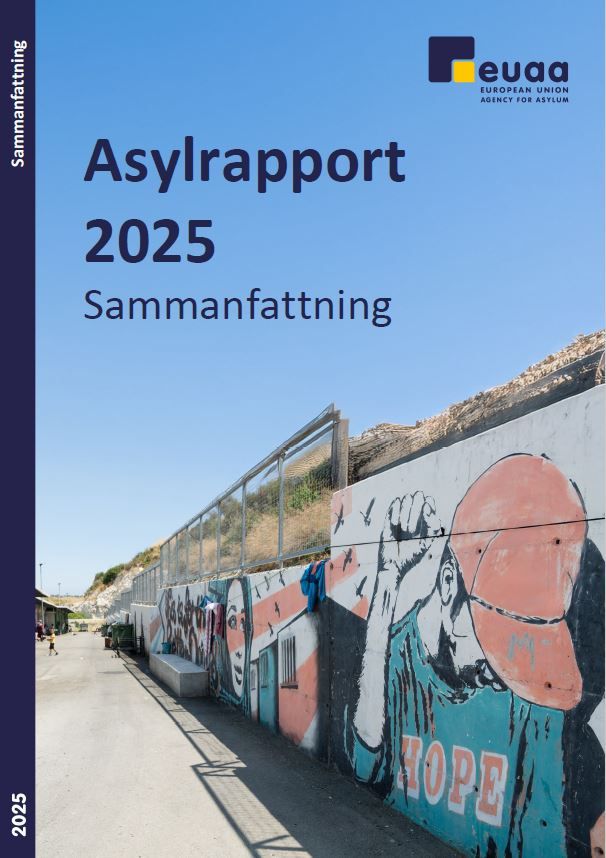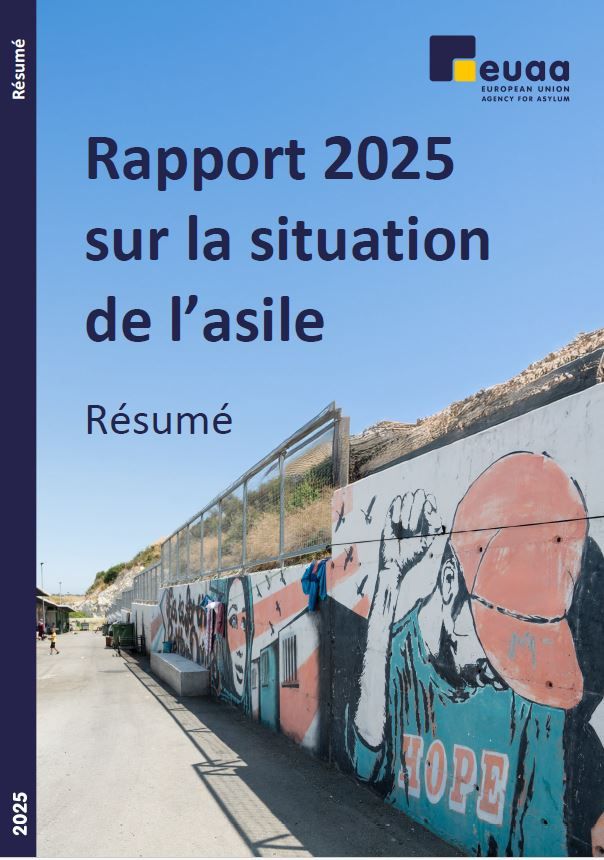Overview of international protection in EU+ countries
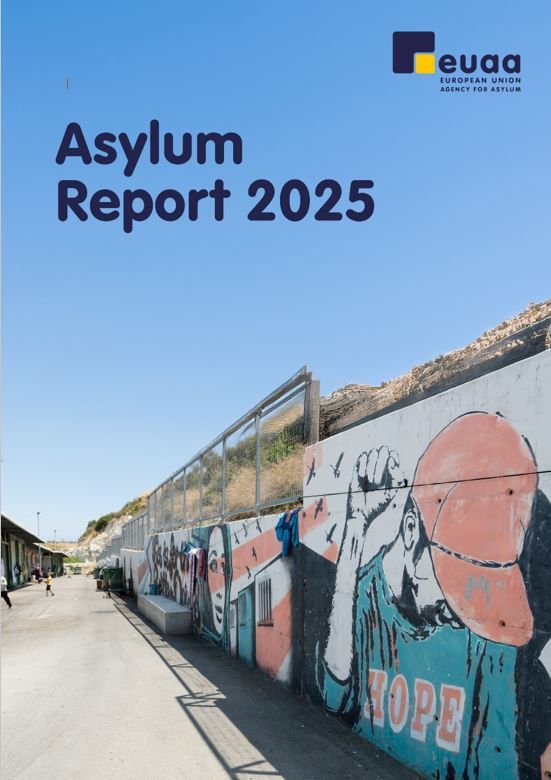
The EUAA’s Asylum Report is the go-to source of information on international protection in Europe, reporting on the Common European Asylum System.
It presents an overview of key developments each year, by summarising trends and noting changes to legislation, policies and practices at the EU and national levels.
-
Read the full report
-
Read the Executive Summary
Annual asylum applications decline by 11%
In 2024, applications for international protection declined by 11% compared to 2023, with just over 1 million applications received by EU+ countries.
There was a significant 38% drop in irregular border-crossings at the EU’s external borders, particularly on the Central Mediterranean and Western Balkan routes, due to regional efforts to reduce irregular migration and fight smuggling networks.
Implementing effective border controls, including internal borders, at times led to practices that reportedly inhibited effective access to protection on the one hand or the smooth functioning of the Schengen system on the other.

Addressing evolving migratory shifts
Changes in migration flows require countries to adapt national policies, practices and even legislation to address new patterns and challenges, while aiming for the efficient and effective processing of applications.
Certain profiles of applicants were fast-tracked through the asylum procedure when they had low chances of receiving protection. With the evolving situation in Syria, most EU+ countries halted the processing of applications by Syrian applicants.
Several countries faced with the instrumentalisation of migrants closed parts of their borders and introduced stricter border protection regimes. The new reality triggered changes to legislation in several countries to allow the activation of special measures.
Administrations continued to invest in making procedures faster. More one-stop models were created to bring together competent authorities in one location to facilitate coordination and decrease processing times.
Some countries explored migration management and case processing in partnership with third countries.
Continued pressure on reception systems
In 2024, national authorities invested resources into improving reception facilities, as well as recruiting and training staff.
Despite the investments, some preexisting deficiencies persisted, including overcrowding, gaps in educational support for children, insufficient follow-up for physical and mental health issues and at times homelessness while waiting for access to accommodation.
To increase efficiency in the use of available financial resources, some countries began to tighten rules on material reception conditions, such as financial allowances.
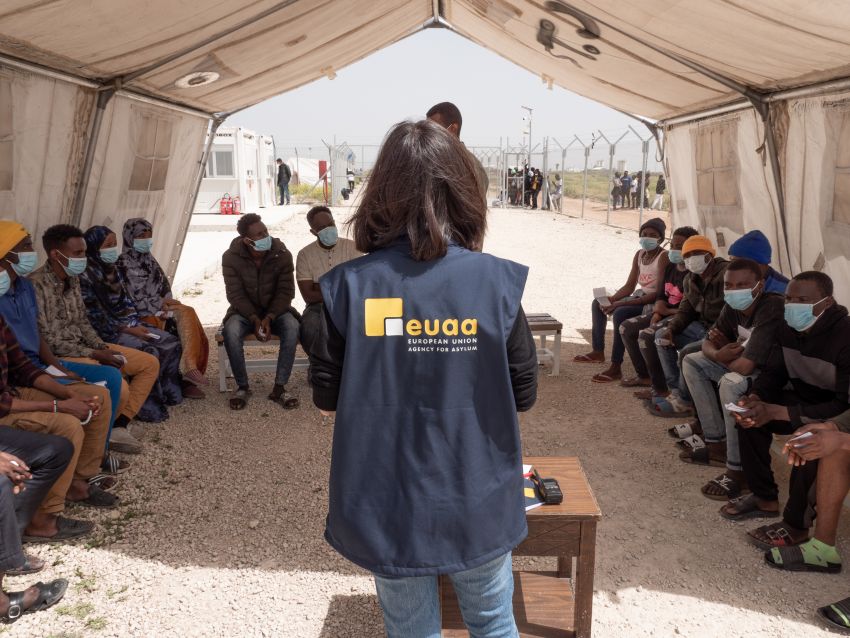
Preparing for the implementation of the Pact on Migration and Asylum
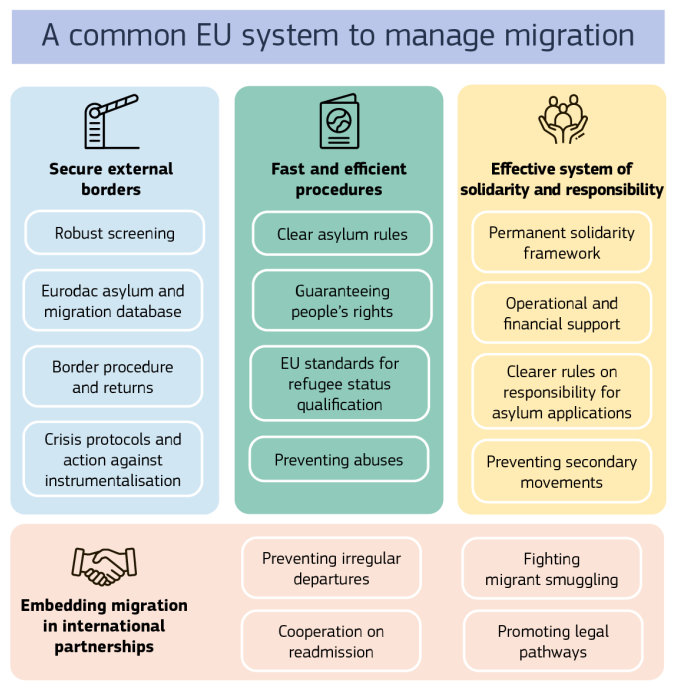
Source: European Commission
The Asylum Report details the steps taken by EU institutions and EU+ countries since June 2024 to advance the practical implementation of the Pact on Migration and Asylum.
Member States have allocated significant financial, administrative and human resources to develop national implementation plans and prepare the road for enhanced procedures. For many countries, introducing the necessary arrangements for screening, which needed to be built from scratch, is the most common challenge, in addition to adapting technical capabilities to the new large IT systems to support the new Eurodac system.
Qualified personnel are key for effective implementation of the provisions of the Pact on the ground. It is necessary to keep investing in human resources, increasing expertise and enhancing skills through training and professional development.







